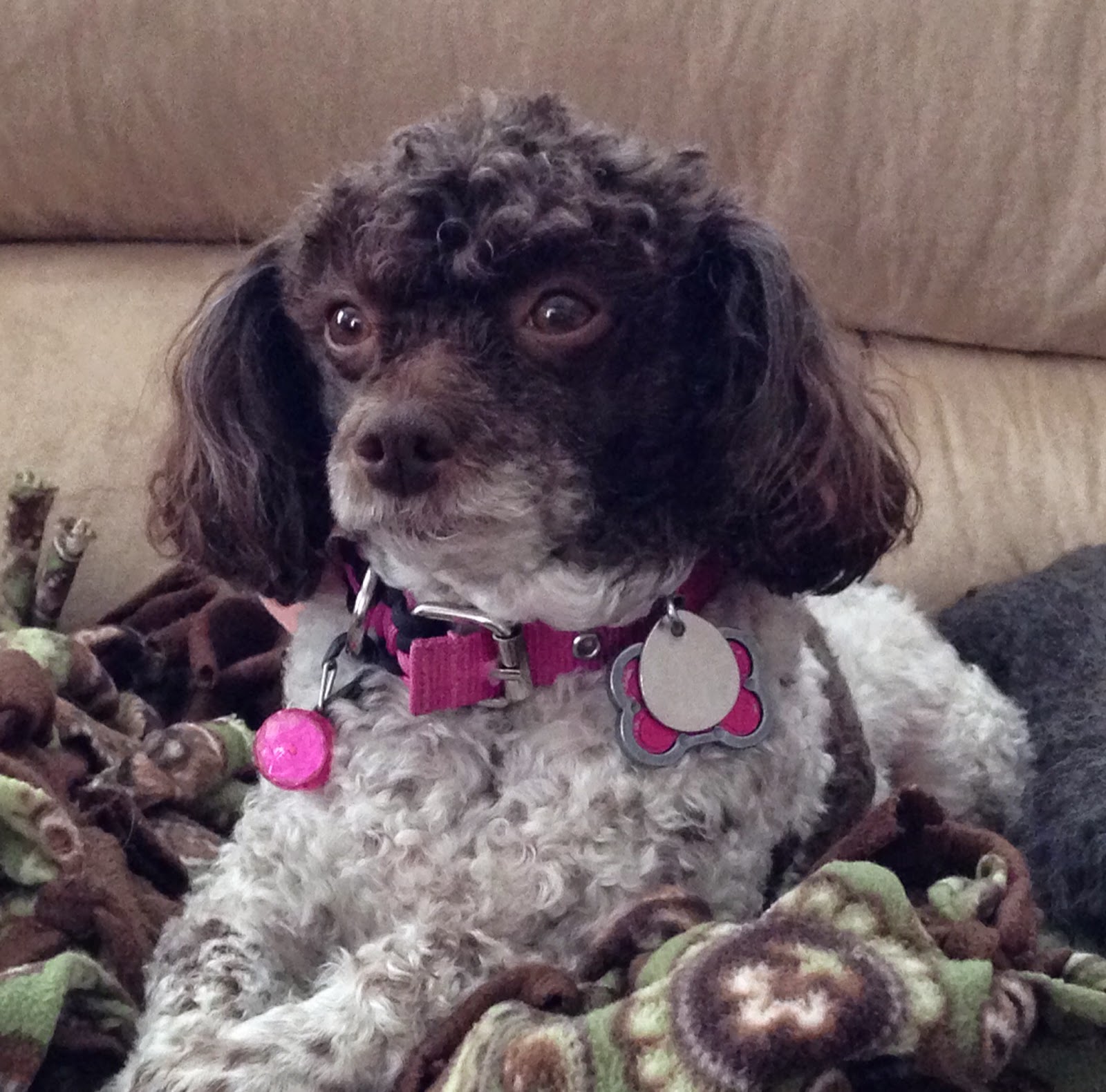Have someone hold your dog steady, or place your dog in a
"stand" position. Have the dog stand quietly while you measure him.
It's almost impossible to measure a wiggly dog.
Measure around behind his front legs. Take note of the
circumference of the dog's body just behind his front legs. This will be how
many inches around the harness must be.
First you can measure around the dog's neck. This
particular measurement may not matter with certain kinds of harnesses, but it
is good to have it on hand just in case you purchase a harness which depends on
the neck size.
Get a chest measurement too. To do this you will start
from in front of the dog's front legs. Bring the tape around the front of the
dog and around until you reach the same point in front of the opposite front
leg.
Watch how your dog walks around in the new harness to
make sure he feels comfortable in it too. You do not want it to be pinching or
hindering his gait.
After measuring your dog's
ribcage and comparing it with Sizing Chart, you may find that two different
sizes will fit your dog. Normally, the best size to select will be the smaller
of the two sizes.
To determine the correct size,
please measure around your dog's ribcage, as shown in the photo, Take this
measurement and refer to Harness Sizing chart to find the correct size for your
dog.
DO
NOT use your dog's weight as
the primary factor for determining size because various dog breeds distribute
their weight differently. For example, Dachshunds distribute their weight over
their length versus girth, while Pugs have a greater concentration of their
weight at their girth.
Keep Dancin' Larry B




No comments:
Post a Comment